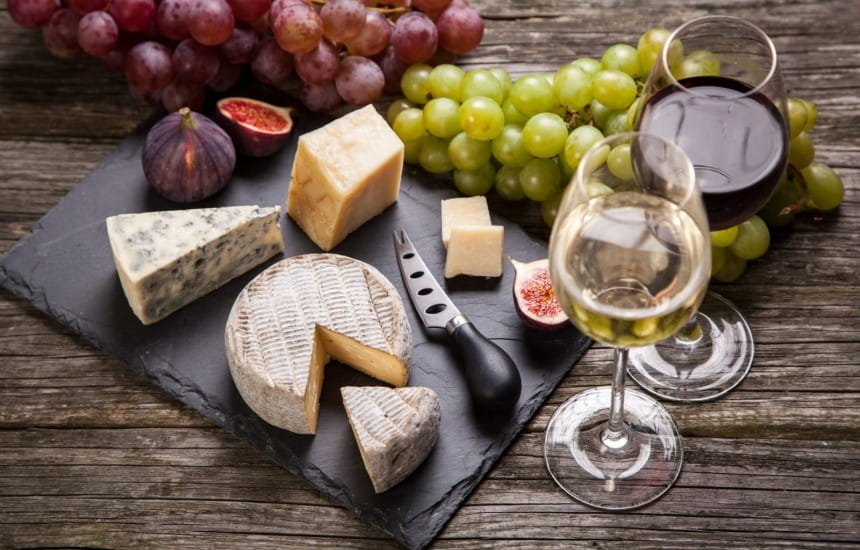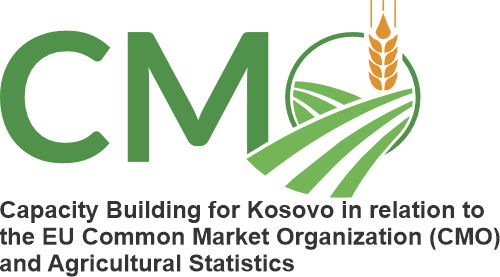
Geographical indications establish intellectual property rights for specific products, whose qualities are specifically linked to the area of production.
The EU geographical indications system protects the names of products that originate from specific regions and have specific qualities or enjoy a reputation linked to the production territory. The differences between PDO and PGI are linked primarily to how much of the product’s raw materials must come from the area, or how much of the production process must take place within the specific region.
Geographical indications comprise:
PDO – Protected designation of origin (food and wine)
- Every part of the production, processing and preparation process must take place in the specific region. For wines, this means that the grapes must come exclusively from the geographical area where the wine is made.
PGI – Protected geographical indication (food and wine)
- At least one of the stages of production, processing or preparation takes place in the region.
- In the case of wine, this means that at least 85% of the grapes used must come exclusively from the geographical area where the wine is actually made.
GI – Geographical indication (spirit drinks and aromatised wines).
The GI protects the name of a spirit drink or aromatised wine originating in a country, region or locality where the product’s particular quality, reputation or other characteristics are essentially attributable to its geographical origin.
- At least one of the stages of distillation or preparation takes place in the region, raw products do not need to come from the region.
- Labelling and presentation in the wine sector
- Specific provisions for the inventorying of production potential, the designation of competent national authorities.
TSG – Traditional Speciality Guaranteed (products and foodstuff)
TSG refers to a product for which its specific qualities are related to a composition, methods of manufacturing or processing based on a tradition. It highlights the traditional aspects. TSG is defined by two elements: the specificity and tradition. It relates to a use of know-how, an ancient practice, typical, national, regional, or local specifics, but which could easily be made outside the country or region of origin, or even obtained through manufacture of the product.

